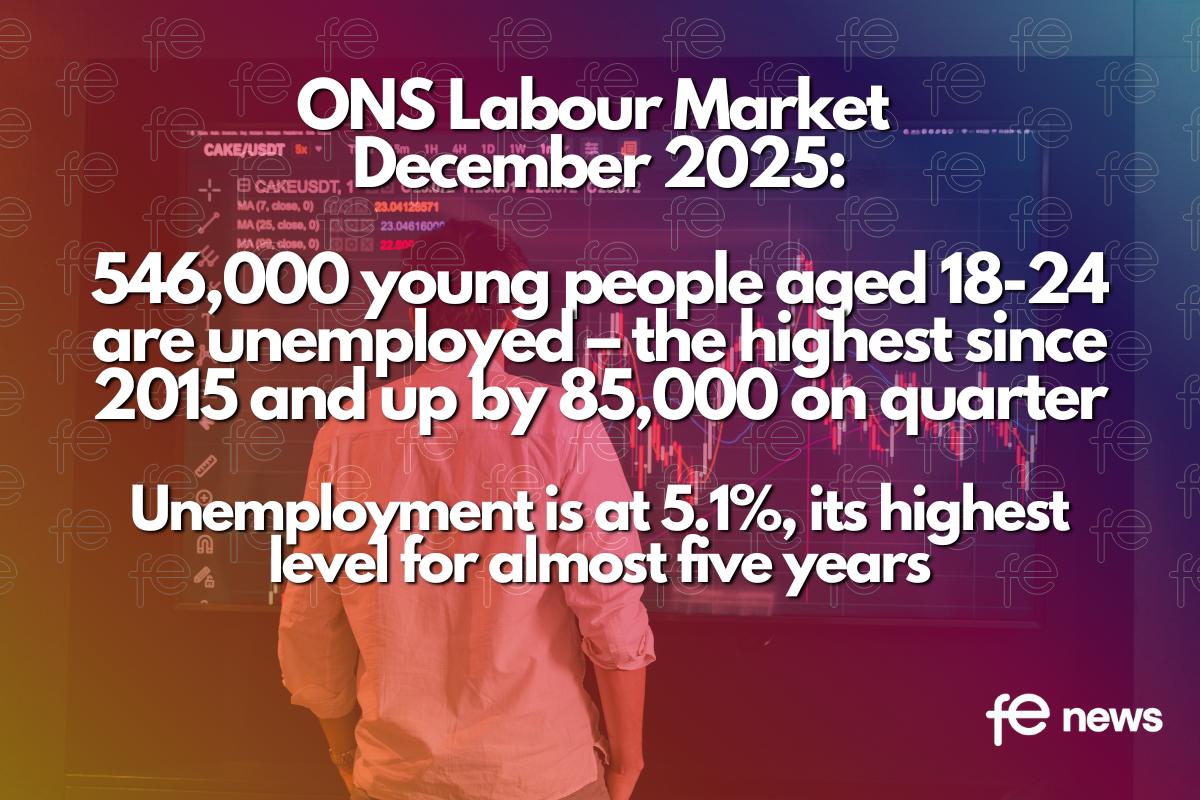Improving Outcomes for Level 2 Apprentices

Transitioning to Level 3 Advanced Apprenticeships
When going into battle for apprenticeships in policymaking circles, a regular riposte which comes back is that not enough successful Level 2 apprentices go on to another apprenticeship programme at a higher level.
It is a fair challenge and it is one that we must collectively address, especially for those 16 to 18 year olds who have decided that A Levels are not for them.
Progression to a Successful Career
However well or otherwise that a young person has done at school, an apprenticeship should provide a route to a successful career. We can be justly proud that nine out of ten programme completers stay in sustained employment and earn good wages.
Official DfE data published in January 2020 found that on average media annualised earnings rise 7% every year for Level 2 achievers and 6% for those who complete an advanced apprenticeship at Level 3.
After four years, an advanced apprentice can be taking home over £20,000 but at just one level higher they can be earning more than the national average income of £25k a year after four years. It is a very attractive proposition for young people who prefer to earn while they learn and who don’t want to be saddled with student debt.
Falling Apprenticeship Starts by 16-18 Year Olds
Yet sadly despite good intentions and improvements in quality, the apprenticeship reforms are not serving teenage apprentices well at all and this is most starkly illustrated by the programme start numbers.
A quarter fewer 16 to 18 years olds are now starting apprenticeships compared to the pre-levy era, and while the picture is less bleak for Level 3 starts (only a 10% fall), we must remember that these are starts for all ages.
Four Main Barriers Holding Back Starts
1. Shortage of Non-levy Funding
As AELP has shown with its member surveys, opportunities are being severely limited by the shortage of non-levy apprenticeship funding and it is SME employers who have traditionally championed these cohorts.
Worse still, apprentices aged 16 to 18 are the only learners in this age group not to benefit from the government funding ‘guarantee’, i.e. their training is not fully funded by the state.
2. Disjointed Standards
Other obstacles to more participation in advanced apprenticeships include the lack of join-up between some Level 2 and 3 standards with often different sets of employers on the trailblazers doing the design.
The changes in the way apprenticeships are funded under the standards have not adequately recognised that the cost of support for the youngest apprentices is generally greater than that for many experienced older apprentices.
3. Functional Skills Gap
The other key point that many policymakers seem to struggle with is the enormous distance of travel that many Level 2 learners have to cover to successfully complete a programme.
Eleven years of statutory schooling have failed to equip 40% of 16 year olds with a good GCSE in maths and English, leaving training providers a year or so to put things right with underfunded functional skills.
Digital skills are now as equally important if we want to seem better rates of progression.
4. Lack of Learning Support
Moreover, it is disappointing to report that virtually no apprentices with learning difficulties are making use of the Maynard flexibilities even though they have technically been in force since September 2017.
This is because an Education, Health and Care Plan is required first and it is essential that this is reviewed.
Five Steps To Enable Transition
1. Full funding for all 16-18 year olds
16 to 18 apprentices should have their training and assessment fully funded out of the mainstream DfE budget rather than the levy, whether they are employed by a levy payer or not.
2. Learning Account Provision
Every individual from 19 to 24 who has not achieved a full Level 3 should have a learning account for a minimum of £13k (this is an average figure and might need to be adjusted up or down dependent on prior achievement).
3. Additional Employer Support
For all apprentices between 18 and 24, the additional £13k should be available to the employer/provider to provide additional support over and above the basic funding band for the relevant standard for Level 2 and Level 3 programmes in both levy and non-levy environments. This additional support be limited to, say, 50% of the funding band. The same system could be implemented for 16-18 apprentices.
4. Funded Digital Skills Training
The learning of digital skills should be integrated into all apprenticeship standards alongside functional skills for those apprentices that need them. The funding of functional skills within an apprenticeship should match the classroom rate, i.e. almost doubled.
5. Extend Frameworks if Necessary
And to ensure more progression, apprenticeship frameworks should not be withdrawn in September 2020 if there is not an approved equivalent standard in place.
Mark Dawe, CEO, Association of Employment and Learning Providers (AELP)
No 16-18 Year Old Left BehindThe Spring Budget in March and Spending Review in the summer will be pivotal moments to see if the government will prioritise funding for the education and training of 16-18 year olds compared to other phases of the English system. These will be against a background of reported 5% cuts in departmental spending and the apprenticeship budget facing overspend. The recent falls in the number of 16-18 year olds starting apprenticeships will also cause concern of a rise in the young people not in education, employment or training (NEET). In this #No1618LeftBehind mini-series, leading authorities from across the education sector offer policies and measures to help the new Government level-up education and training opportunities for all 16-18 year olds in England: No 16-18 Year Old Left Behind – wherever they live. The authors are:
|











Responses